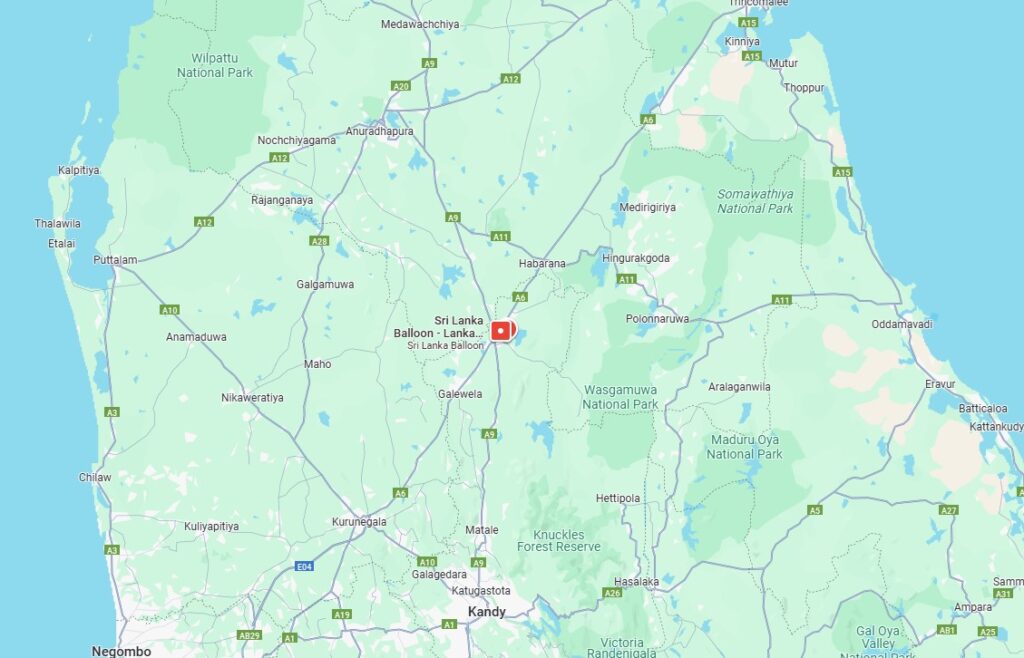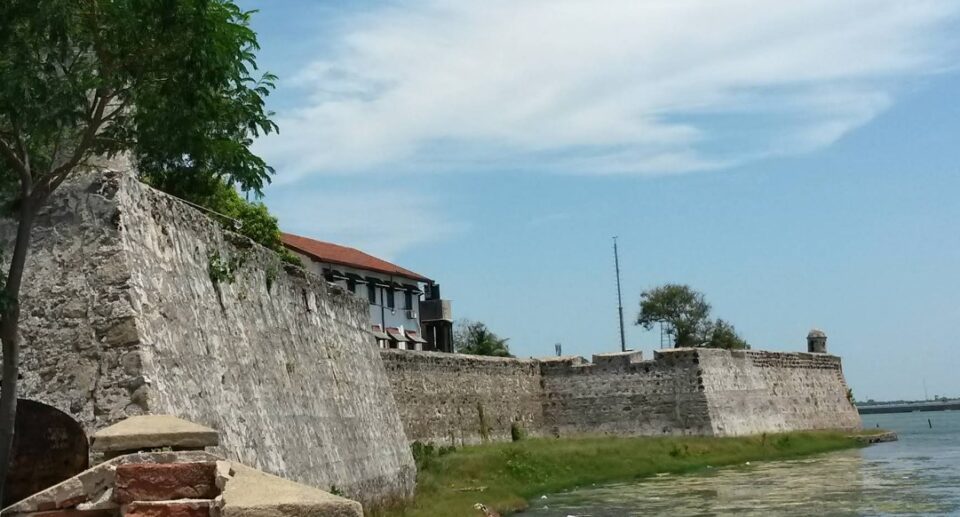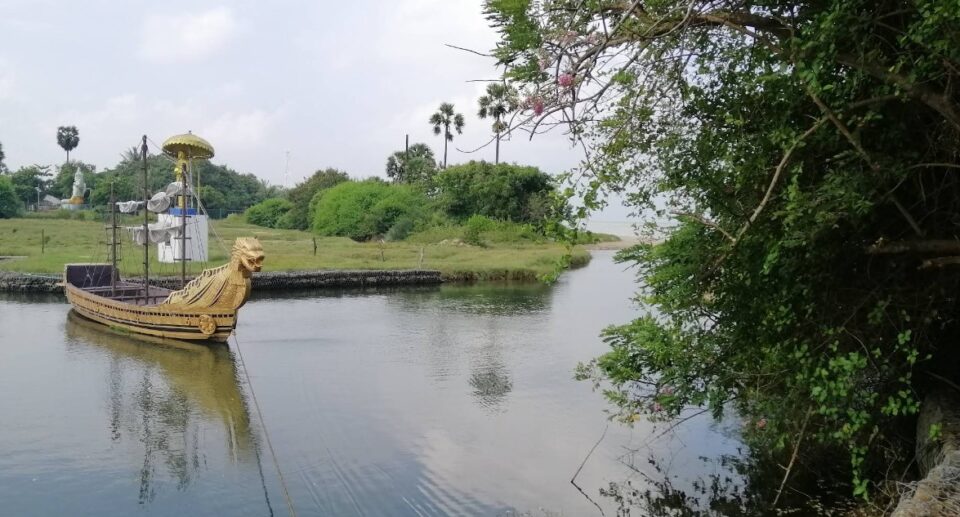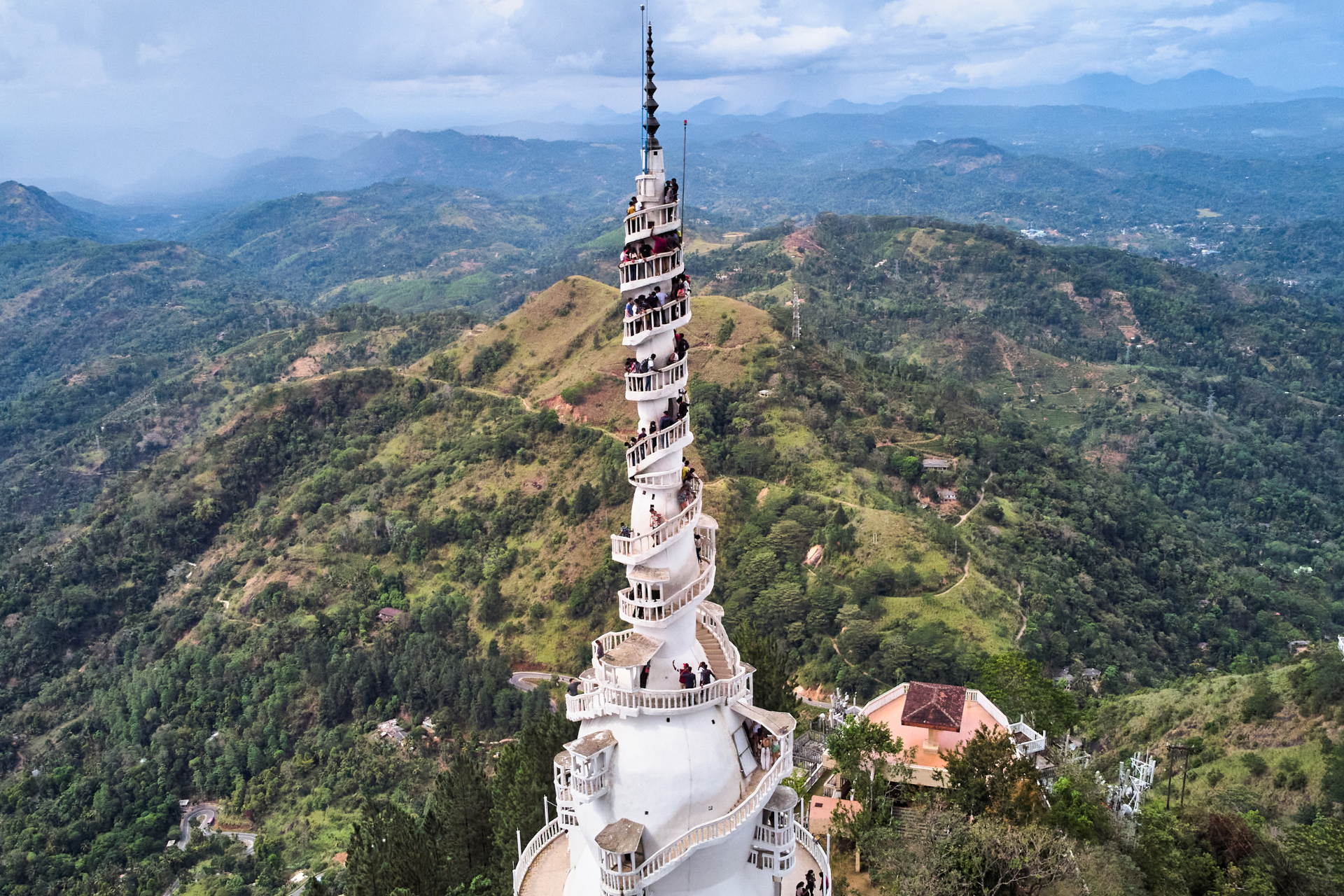Hot Air Ballooning from Dambulla: An Unforgettable Aerial Adventure
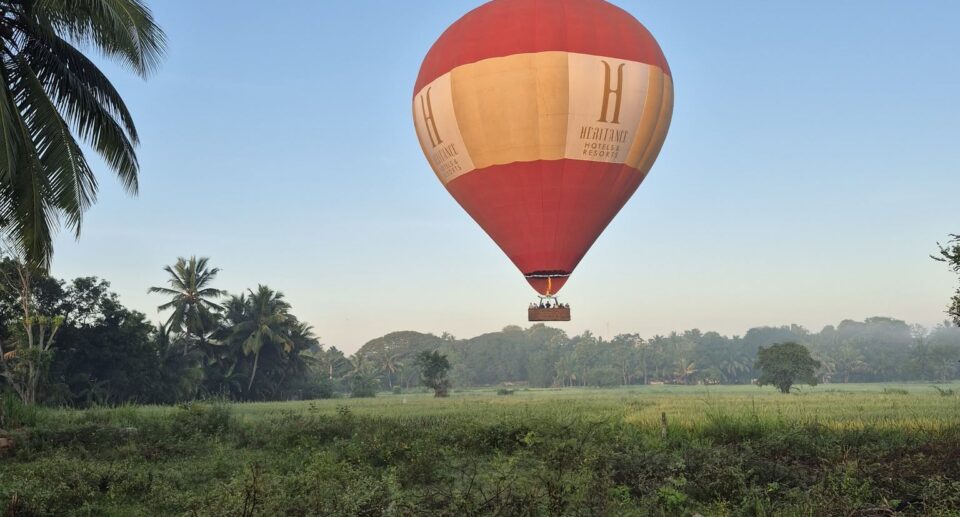
Drifting at dawn’s earliest flush, a hot air balloon drifts above the ancient city of Dambulla in Sri Lanka’s interior, as quiet as the dawn. Below, Sigiriya Rock Fortress juts up from the jungle, mist shrouds in vegetation heavy with treetop cover, and sun-baked sheen of paddy fields reflect a rising sun. It’s not just seeing something—it’s something mystical, something more than this-worldly, something that can be both. Serenity of flight combines with nature’s grandeur and makes an unerasable experience.
A Sky-Borne Adventure like No Other
Dambulla hot air ballooning offers a unique perspective on one of Sri Lanka’s most culturally and historically rich areas. In the Central Province, Dambulla is perhaps best known for its UNESCO-listed cave temple complex and proximity to other significant historical sites like Sigiriya and Anuradhapura. But it’s from the air that the whole sweep of this historic country reveals itself.
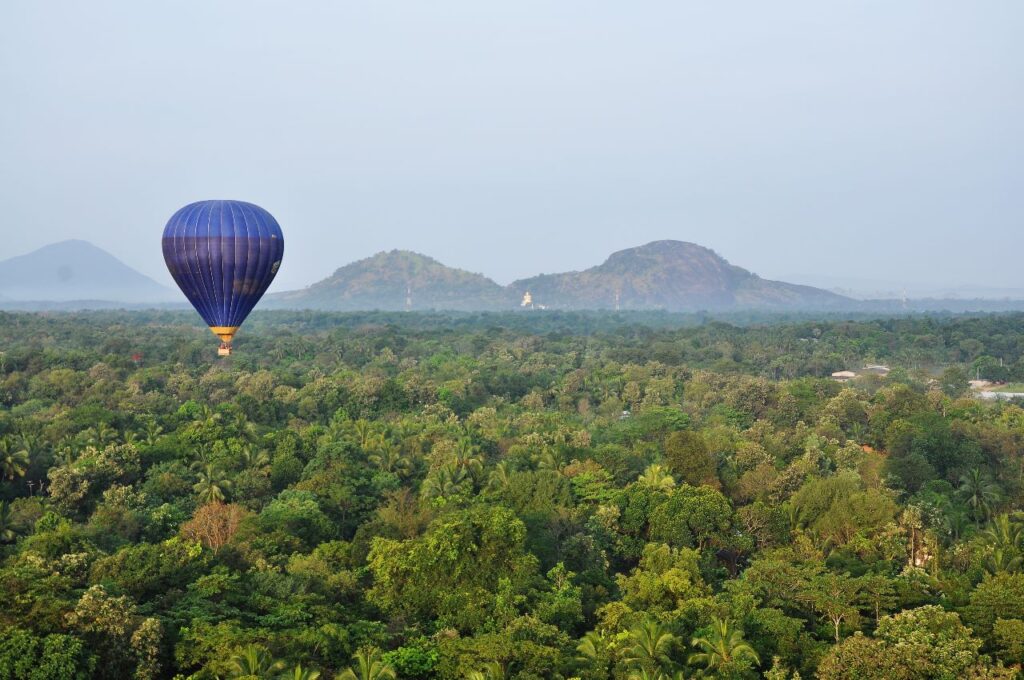
Balloon flights typically take off just after dawn, when the air is still and there are favorable winds. Morning also offers cooler weather, gentle golden light, and better chances of clear vision. As the colossal balloon swells with deafening bursts of fire, anticipation mounts among expectant riders in the wide, dewy field. As the basket starts to lift off the ground, the sensation is celestial—no jolt, no abrupt jerk, but a gentle motion as the world smoothly withdraws from beneath your feet.
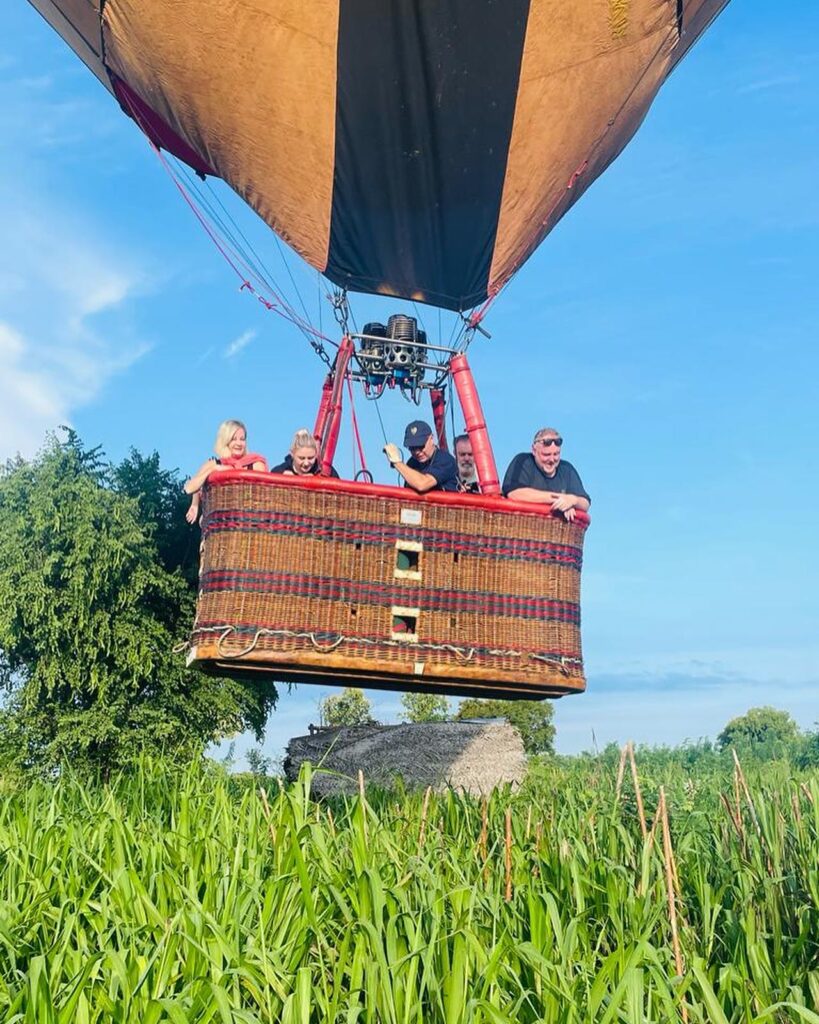
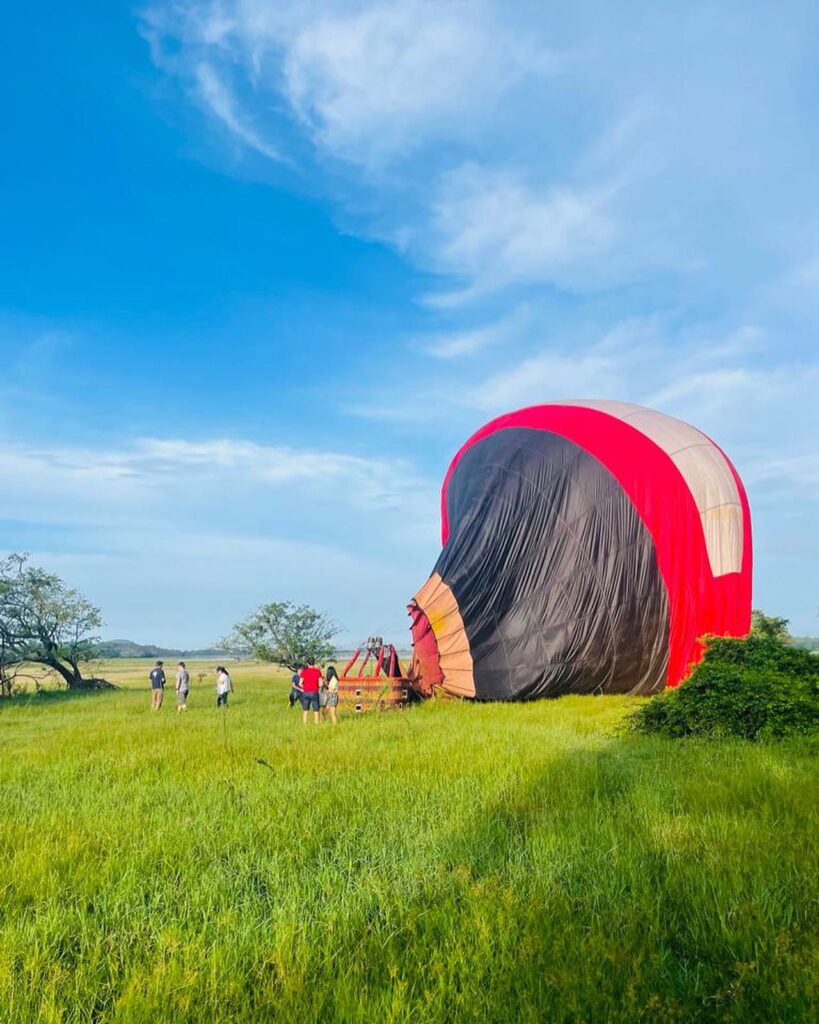
From above, Dambulla is a mosaic of green and gold, with small villages, water tanks (artificial reservoirs), and temple spires dotting the landscape. Herds of elephants are sometimes visible in the distance, and tropical birds fly overhead, indifferent to the silent flight of the balloon.
The Spiritual Heart of the Cultural Triangle
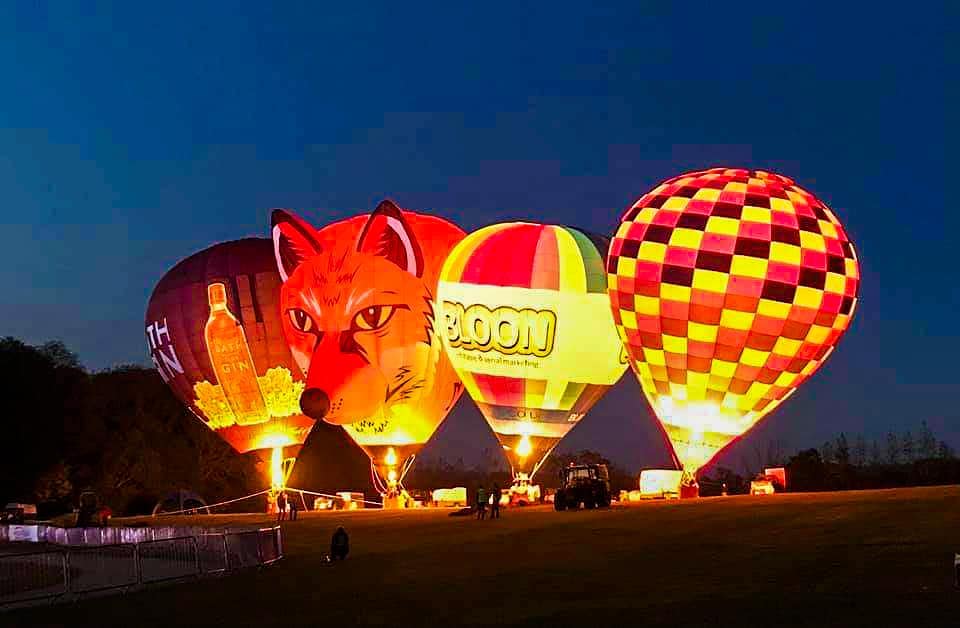
Dambulla is one of Sri Lanka’s renowned Cultural Triangle, which also includes the ancient capitals of Anuradhapura and Polonnaruwa, and Sigiriya. These are the bedrocks that underpin Sinhalese civilization, featuring some of the island’s most iconic architectural and artistic masterpieces.
Standing above a balloon, the Sigiriya Rock Fortress, 200 meters tall, is one of the most awe-inspiring things to see. The ancient citadel, constructed by King Kashyapa during the 5th century, looks even more regal when viewed from up high. The geometric design of its gardens, moats, and surrounding woodland becomes visible as a whole thing something never possible to do from the ground.
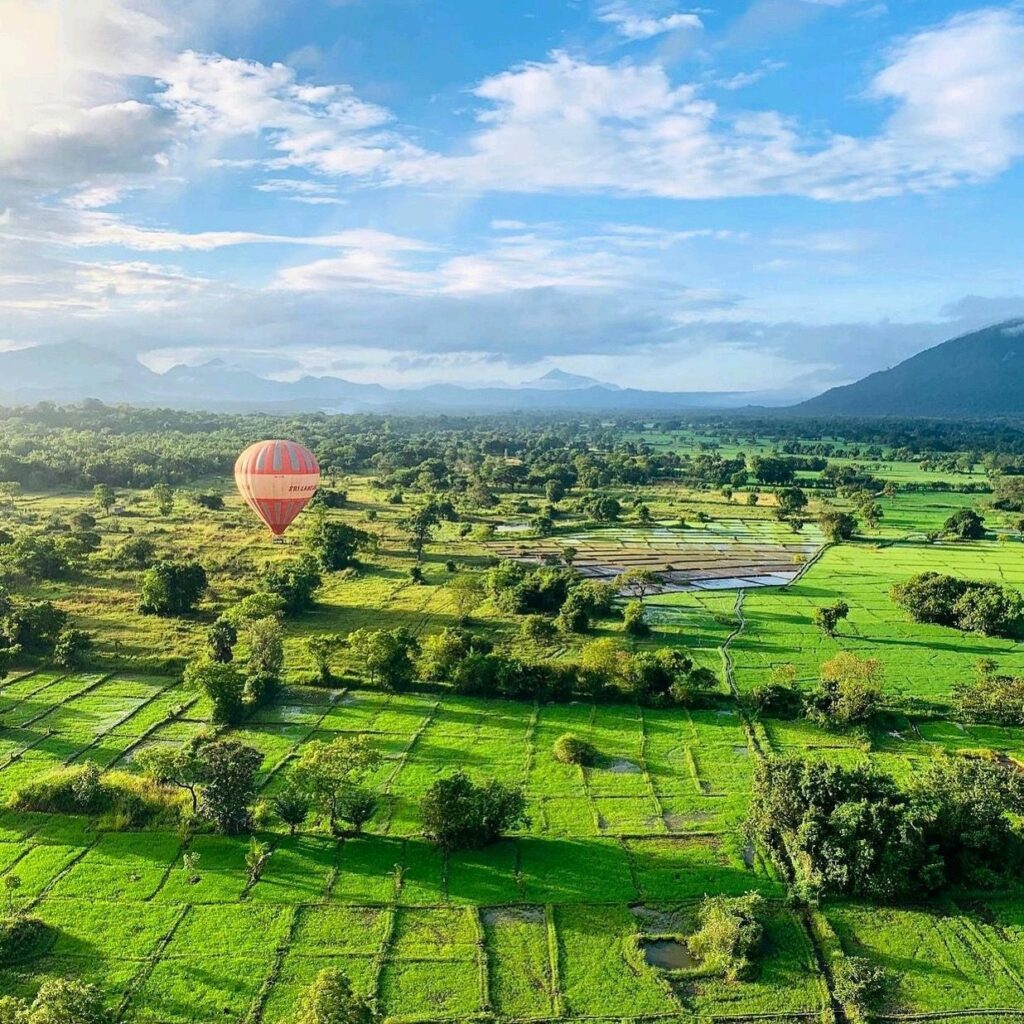
Almost as compelling is the Dambulla Cave Temple, tucked beneath an enormous rock overhang. Dating back to the 1st century BCE, the temple’s intricate murals and statues attest to a continuity of Buddhist devotion across over two millennia. Though the inner shrines of the cave are best viewed on foot, gazing out upon the temple’s situatedness well above the canopy of trees is a testament to just how seriously the ancients took their sacred places.
A History of Ballooning in Sri Lanka
Hot air ballooning is a recent addition to the adventure tourism menu of Sri Lanka, having entered the scene in the early 2000s. Not yet as widely popular as safari drives or coast diving, however, ballooning has drawn a dedicated niche market among travelers seeking to experience the island’s interior in a more peaceful, reflective way.
Dambulla soon emerged as a top ballooning destination due to its open spaces, early morning breezes, and abundance of natural and cultural sites. The area’s flat terrain means ideal takeoff and landing areas, and the landscape from jungle to ruins to rice paddies offers rich visual imagery to visitors.
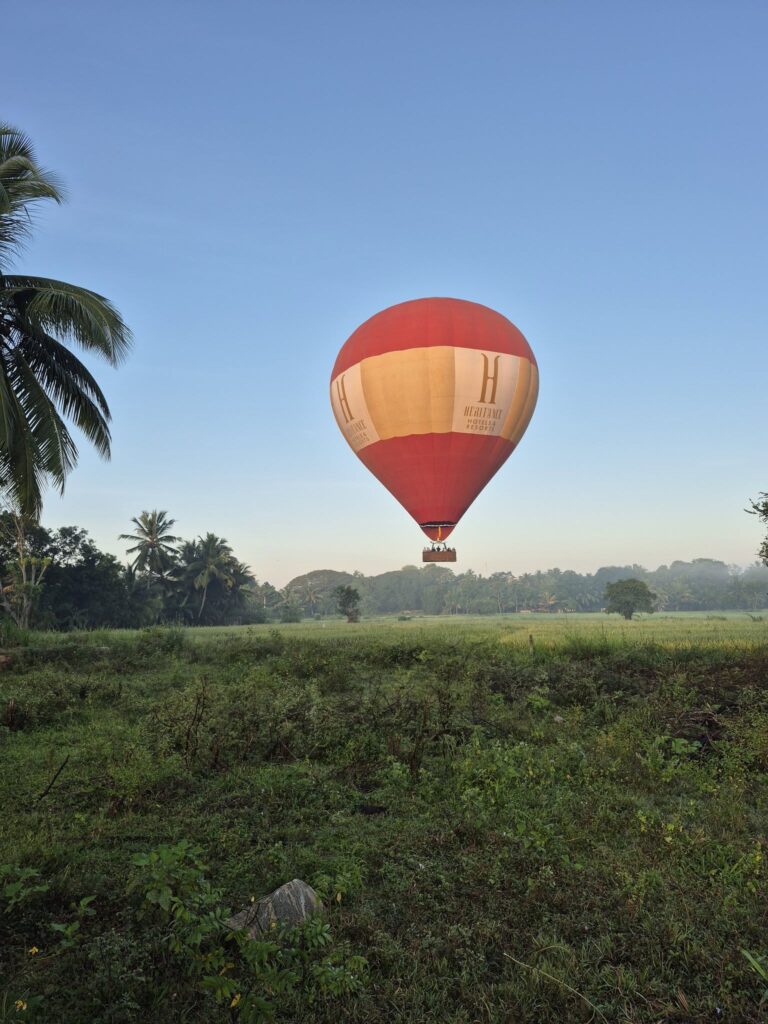
What to Expect: Practical Information for Travelers
Season:
The hot air ballooning season in Dambulla typically runs from November to April, when the weather is dry and the winds are calm. Morning flights start just before dawn to make use of the cooler, stable air.
Duration:
The flight usually lasts between 45 minutes to 1 hour, depending on wind conditions. Including pick-up, preparation, and return, the entire experience spans about 3 to 4 hours.
Safety:
The Sri Lankan balloon operators are certified and adhere to international standards of safety. Passengers are briefed on safety procedures before flight, and professional pilots trained on the job operate the flights.
Who Should Go
Dambulla hot air ballooning is suitable for the entire family honeymoon couples, families with grown-up children, and solo travelers in search of serenity and beauty. Passengers are not required to exert themselves physically, but they must be capable of standing for the length of the flight and getting into the basket.
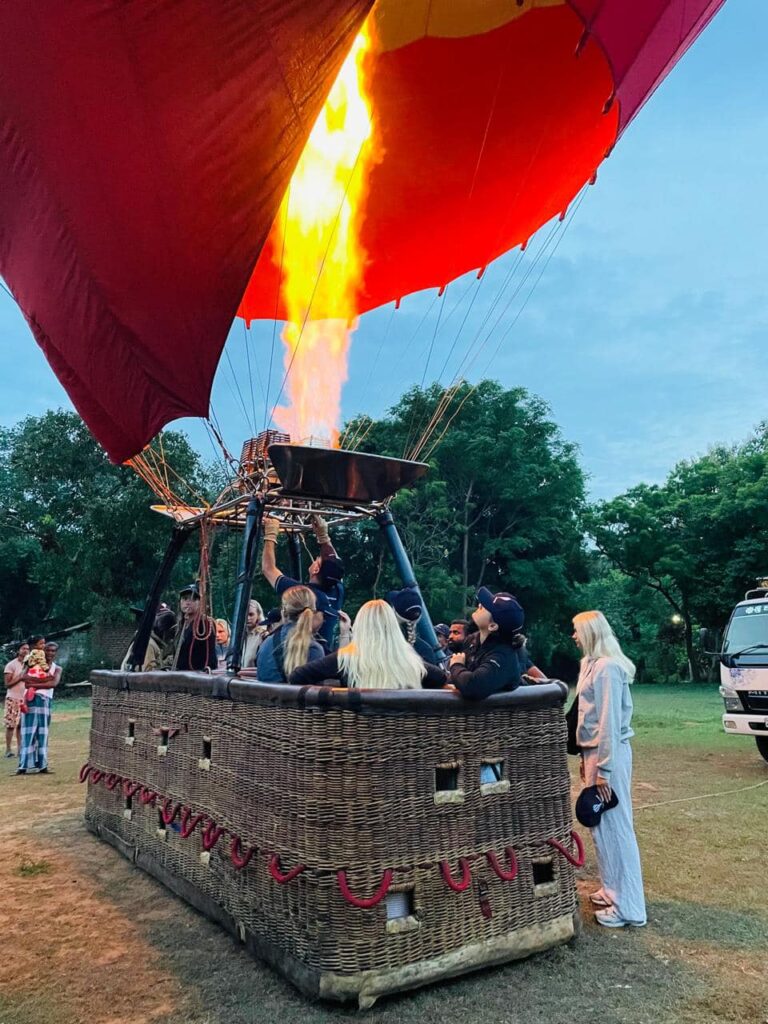
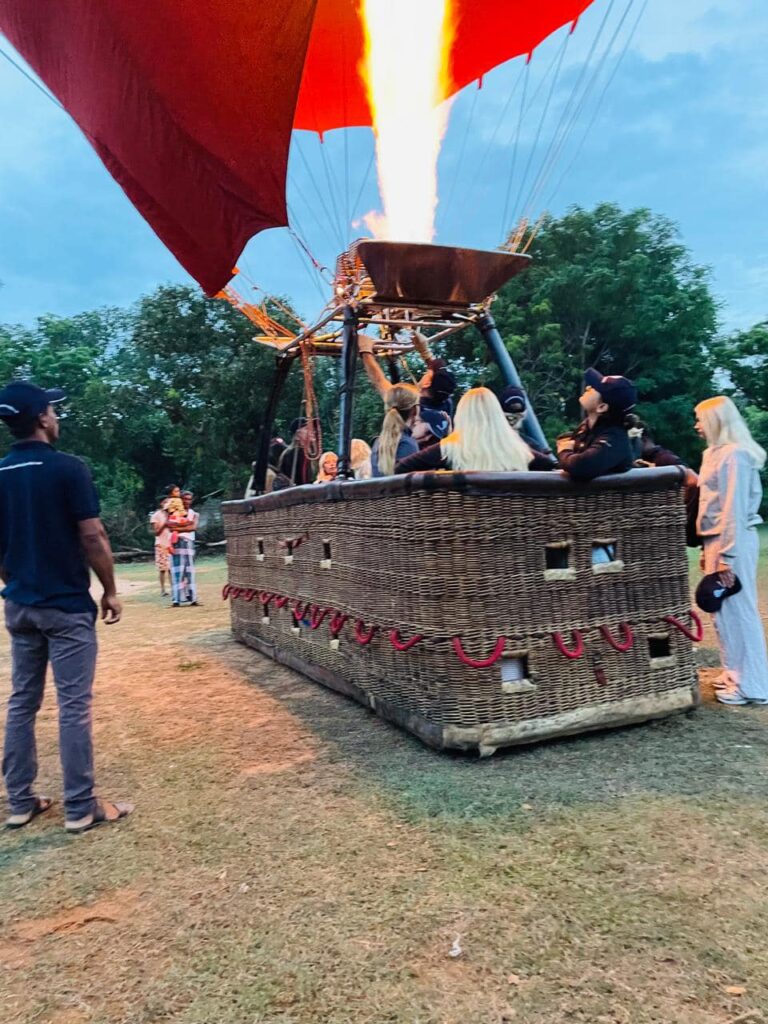
It’s especially popular with honeymooners and photographers. The soft, golden morning light is ideal for aerial photography, and the romantic ambiance of flying over a dreamlike landscape is unsurpassed.
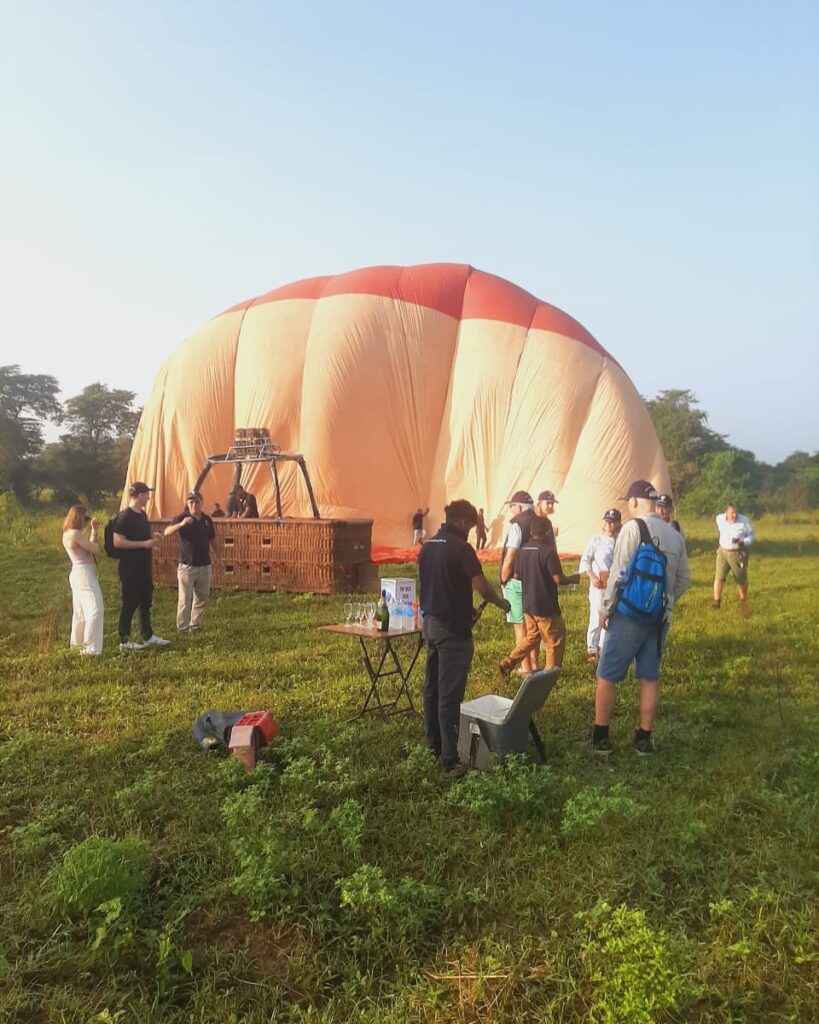
Beyond the Balloon
Upon arrival often in a rice paddy or open plain there is a small ceremony. Hot air balloon arrivals are normally toasted with a glass of champagne, something some Sri Lankan operators continue to uphold with a local twist by replacing fresh tropical juice or a Sri Lankan breakfast instead.
Once grounded, the majority of tourists continue to tour Dambulla’s other sites. Visit the Dambulla Royal Cave Temple, ascend Pidurangala Rock for Sigiriya views, or take a safari in Minneriya National Park to see the renowned elephant convergence. Spice gardens, Ayurvedic massage parlors, and handicraft production workshops pepper the region as well.
Last Things: A Memory That Floats With You Hot air ballooning in Dambulla isn’t just an adventure it’s a meditation. The quietude of flight, combined with the spiritual and historical resonance of the land below, leaves a lasting impression on all who experience it. Whether it’s your first time in Sri Lanka or part of a return journey, seeing the Cultural Triangle from above reveals a dimension of beauty that is at once timeless and transcendent. So the next time you’re planning to think of Sri Lanka, don’t think beaches and tea estates alone. Think dawn sky, gentle breeze, and the awe of flying over the cradle of an ancient civilization.
To go hot air ballooning in Dambulla, here’s a simple step-by-step guide
Choose the Right Season
Dambulla hot air ballooning is seasonal: Best time: November to April (dry season)
Flights are typically early morning, just before sunrise, when the weather is ideal. Book a Ballooning Operator. Several licensed operators offer hot air balloon flights in the Dambulla/Sigiriya area.
You can: Book via your hotel or tour operator Choose a package with hotel pick-up, breakfast, and insurance Popular operators (thus far): Sri Lanka Balloon, Sun Rise Ballooning, Ballooning Lanka
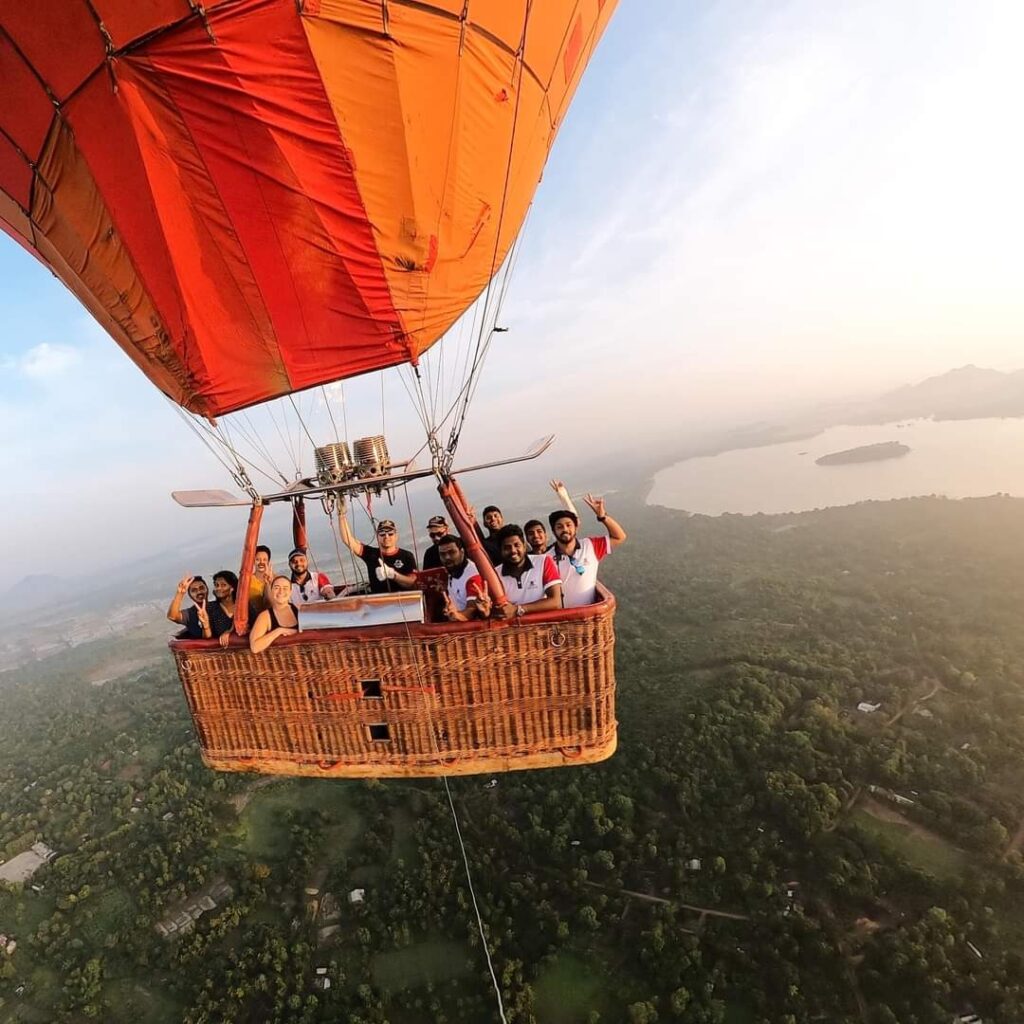
Prices range from USD 200–300 per person, depending on the provider and what’s included.
Get to Dambulla
You need to be in or around Dambulla or Sigiriya the evening prior to your flight.
Travel options: From Colombo: 4.5–5.5 hours by road (private taxi or bus) From Kandy: 2.5–3 hours by road From Polonnaruwa or Anuradhapura: approximately 2–3 hours You can overnight in Dambulla, Sigiriya, or Habarana, all within the ballooning zone.
Flight Day
Here’s what usually occurs: Pick-up from your hotel between 4:30–5:00 AM Arrive at the launch site close to Dambulla/Sigiriya Safety briefing and balloon inflation Flight time: 45–60 minutes
Post-flight celebration or certificate – Back to your hotel by 8:00–9:00 AM
What to Wear & Bring Closed shoes, Comfortable clothing (best in layers mornings are cool), Hat or cap (overhead burners become warm), Camera or phone to take photos,Light jacket for early morning chill.
Map of Hot Air Ballooning in Dambulla
